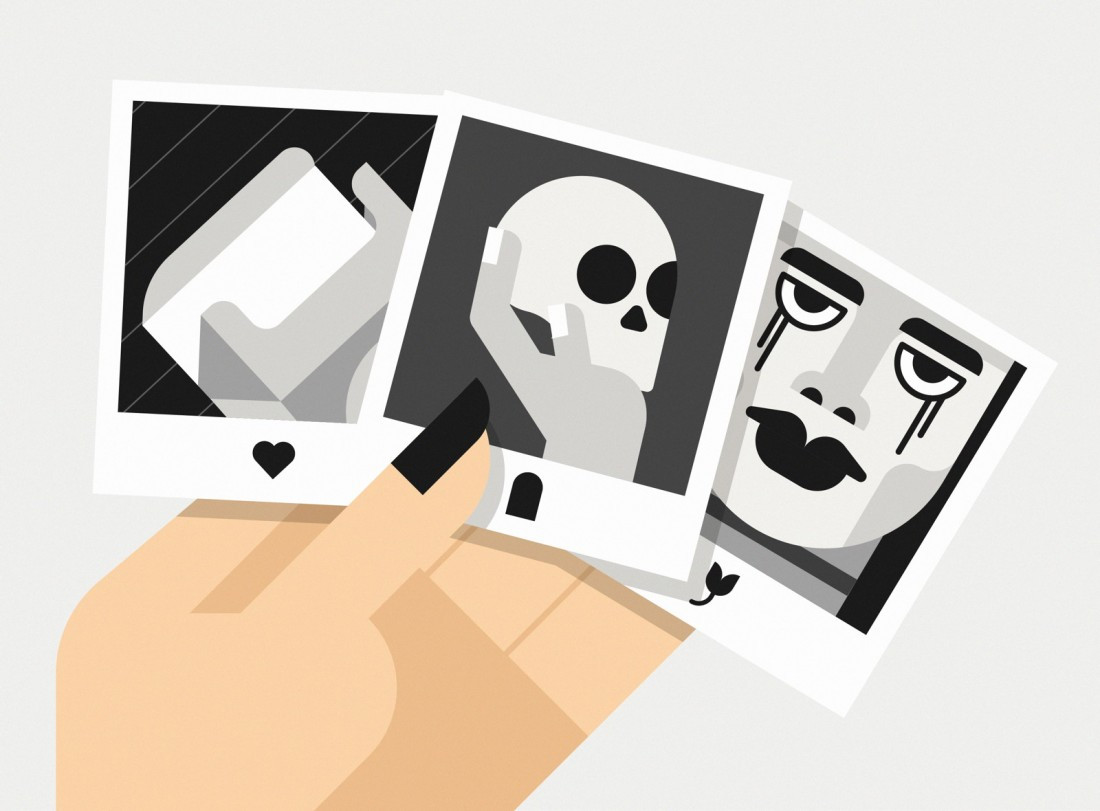ANXIOUS ROMEO, ANOREXIC JULIETTE
The romanticization of mental illness doesn’t help anyone
On Tumblr, there’s a popular black and white photograph of an empty box of Marlboro cigarettes that comes with the caption: “You’re going to die anyway.” The post below it is a photo collage in softer, dreamier black and white. The striking aesthetic illustrates shadowy valleys between ribs that poke through skin and the easy circle that two hands with black fingernails make around a thin, long thigh. Its caption is a black heart emoji.
It’s glamorous, isn’t it? After all, what’s more beautiful than succumbing to your own tragic vice?
At least, that’s what many photo blogs would lead you to believe. The phenomena of Sad Blogs (and its partners in crime, the Soft Grunge Blog and the Pale Blog) showcase mental illness and eating disorders in a glamorous black-and-white light, all of its romantic catastrophe captured with dramatic tones and poignant text overlays.
If your educational foundation of mental illness were shaped by these blogs and by young adult fiction, you’d probably think that: a) mental illness is caused by a definitive event; b) afflicted females are quirky; c) afflicted males are broody and mysterious; and d) sufferers can be loved back to health.
Of course, representation and visibility are important factors in destigmatizing mental illness, but the problem is that so few representations depict mental illness in its reality.
The media’s emphasis on destigmatizing mental illness waxes and wanes, but implicit messages about mental illness are always present – whether media want to make us cry over Robin Williams’ suicide, laugh at Amanda Bynes’ downward spiral, or equate every act of white violence with mental illness.
Social media campaigns like Bell Let’s Talk explicitly aim to get people talking about mental illness. The well-meaning public storms social media with hashtags, selfies, and the occasional productive article.
Bell Let’s Talk did start a conversation – one with a friend who was diagnosed with a mental illness years ago.
“The use of social media as a platform in itself is counter-intuitive because it’s so fleeting,” he argues. “It takes two seconds to like a post or retweet or hashtag. So what kind of momentum is that really gaining towards aiding people with mental illness? People with mental illness live within it 24 hours a day.”
He goes on to argue that well-meaning campaigns with a lot of potential run the risk of getting hijacked by attention-seeking social media users and trivialized into a trend. And, with moody glamour shots from Tumblr infiltrating what we knew (or what we think we know) about mental illness, it’s not hard to see how a campaign like Bell Let’s Talk can become a site for self-promotion.
“Real mental illness still is very much stigmatized – because it’s so ugly, and to see it alive in a person is horrifying. But this isn’t the imagery used by the media. So then people associate with mental illness with a falsetto version. Depression-lite,” he says.
Stigma is society’s sickness. When it rears its ugly head, the mental health of people of colour is rendered invisible. A person is barred from employment. A phrase like, “Oh, I’m so OCD!” reduces a disorder to a vernacular triviality. Someone who wants to ask for help is silenced.
Mental illness may manifest itself in black and white, but not the picturesque kind that’s decorated with discarded cigarettes and deliberately-placed daisies.
Shanae got lost in a Tumblr rabbit hole while looking at content for this article. She also writes at www.shanaeblaq.com.
Published in Volume 70, Number 8 of The Uniter (October 29, 2015)







